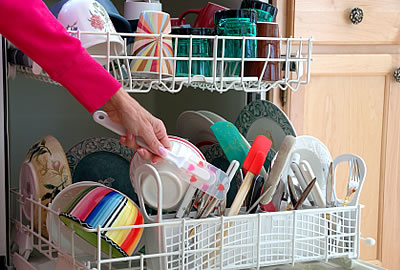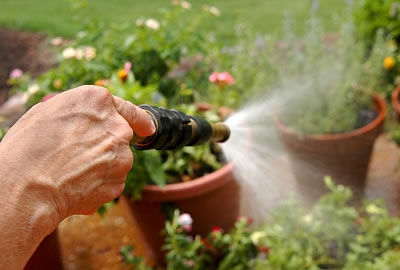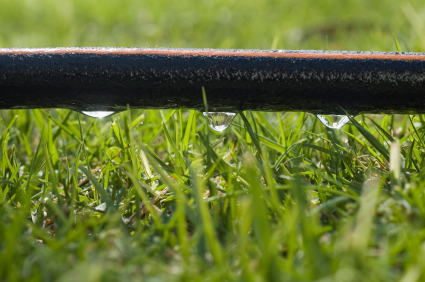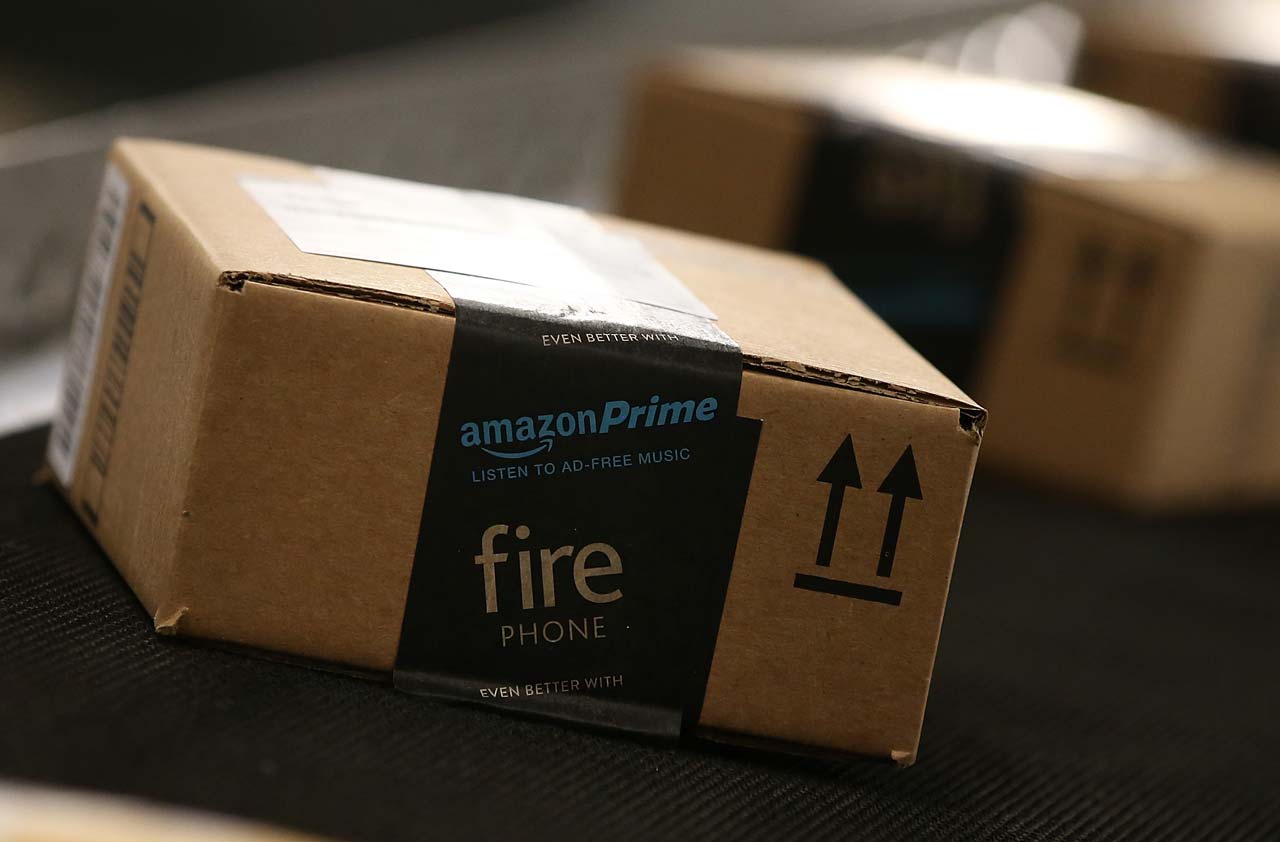Save Money on Utilities
Here are 15 quick, cheap and easy ways to cut your electricity, heat and water use while also cutting your expenses by hundreds of dollars.
Keeping your home comfortable year round can put the squeeze on your budget. Consumers spend 6% to 12% of their income on utilities, according to the U.S. Department of Energy.
We have 15 quick, cheap and easy ways to cut your electricity, heat and water use while also cutting your expenses by hundreds of dollars.
We've laid out our list in text format below, or you can check them out in our slide show. Plus, you can share your favorite ways to save in our reader comment box at the end of this article.

Sign up for Kiplinger’s Free E-Newsletters
Profit and prosper with the best of expert advice on investing, taxes, retirement, personal finance and more - straight to your e-mail.
Profit and prosper with the best of expert advice - straight to your e-mail.

TAKE A FLIER ON FLUORESCENTS
Compact fluorescent bulbs represent one of the brightest ideas for cooling your electric bill. (Not every CFL produces a warm, candlelight glow. To achieve that effect, look for one with a Kelvin temperature of 2,600 to 3,000.)
Don't let the price of CFLs -- as much as $7 each -- turn you off. The lights not only last ten times longer than incandescents but also save up to $60 in electricity per light over their lifetime.

VANQUISH THE VAMPIRES
Appliances that include a clock or operate by a remote, as well as chargers, are sucking electricity even when you're not using them. Of the total energy used to run home electronics, 40% is consumed when the appliances are turned off. The obvious way to pull the plug on so-called energy vampires is to do just that -- pull the plug.
Or buy a device to do it for you, such as a Smart Power Strip ($31 to $44, at www.smarthomeusa.com), which will stop drawing electricity when the gadgets are off, and pay for itself within a few months.

INSULATE YOUR WATER HEATER
Is your coffee mug more insulated than your water heater? The newest electric water heaters have plenty of insulation. But if you have one built before 2004, wrap it in an insulating jacket such as a Thermwell blanket ($20; Amazon.com). You'll save 10% -- about $30 -- annually on your water-heating bill.

SERVICE THE FURNACE
Have your furnace tuned every two years, and you'll save about 10% on your heating bills.

TURN DOWN THE HEAT
For every degree you lower your home's temperature during the heating season, subtract 5% from your bill, according to the Alliance to Save Energy.
An Energy Star programmable thermostat ($70 at www.livingincomfort.com) saves more than twice its price within a year and will adjust the temperature automatically for you when you're away or asleep.

SET THE WASHER TO COLD
Use cold water to wash your clothes and save 50% of the energy you would otherwise use for hot water.
Set your dryer on the moisture sensor, not the timer, and cut energy use by 15%.

STOP DRAFTS
As your father would say, don't heat or cool the great outdoors. Put weatherstrip around the frames of your front and back doors and save about $30 per year in energy costs.

LOWER YOUR WATER TEMPERATURE
Set your water heater at 120 degrees Fahrenheit. If your heater does not have a temperature gauge, dial down until the water feels hot, not scalding.
(Before going too low, make sure your dishwasher has a booster heater, which gets the temperature back to 140 degrees, necessary for proper cleaning.)

USE TIMERS ON LIGHTS
Install occupancy sensors or timers on lights in areas you use only occasionally and for exterior lights, which tend to get left on during the day.
The devices start at $25 per switch at www.homecontrols.com. Anyone with basic wiring skills can install them.

GO LOW-FLOW
With a few twists of the wrist, you can save 25% to 60% of the water it takes and 50% of the energy necessary to shower and shampoo you and your family. Install a low-flow shower head, which restricts the water output to no more than 2.5 gallons per minute. The shower heads generally run $10 to $20 a pop (some utility companies give them away) and screw into existing fittings.
Older shower heads send as many as 5.5 gallons per minute down the drain. The new fixtures go as low as 1.5 gpm, saving 7,300 gallons and $30 to $100 a year over their 2.5-gpm counterparts.

PLUG THE LEAKS
A leaky faucet wastes as much as 2,700 gallons in a year -- if it doesn't drive you crazy first. So fix it already.
Test the toilet for leaks, too. Put a drop of food coloring in the toilet tank. If the color shows up in the bowl, your tank is leaking, and you're wasting up to 200 gallons of water a day.

FILL 'ER UP
Run full loads of clothes and dishes. Most of the energy used by dishwashers is to heat a set amount of water, so running smaller loads wastes both energy and water.
Air dry dishes for added energy savings.

TAKE CARE WITH YARD CARE
Water your outdoor plants in the early morning, before the sun can burn off moisture. And take care not to over-water. Before starting your sprinkler, step on the grass. If the blades spring back, hold off on watering for a day or two. The average lawn needs only one hour of watering a week.
Also, raise your mower blades to the 3-inch setting. Shaggy grass holds moisture longer, requiring less watering.

BE A DRIP
For gardens, consider installing a drip irrigation system, which maintains moisture in the soil. Drip irrigation can reduce water loss by 50% to 60% when compared with hand-watering or sprinkler systems.
A drip system consists of a tube or hose with holes or emitters along it. It uses a timer to deliver water to plants. By maintaining the moisture level of the soil, less water is lost to the sun and the wind.

RETROFIT YOUR FAUCETS
Consider faucet aerators -- doohickeys that screw into your faucet threading and cut the water flow from 3 to 4 gallons per minute to as little as a half-gallon. As their name suggests, aerators blend water and air, reducing the flow without sacrificing pressure. At 50 cents to $3 apiece, the devices are some of the cheapest green gadgets available.
Aerators come in a range of flow rates. A faucet that flows at 1 gpm gets is fine for the bathroom faucet. But for a little more oomph in the kitchen, use an aerator with a flow rate of at least 2 gpm.

MORE WAYS TO SAVE MONEY
Save Money on Food
Save Money on Phone, Internet and TV
Save Money on Credit, Debt & Banking
Save Money on Entertainment
Get Kiplinger Today newsletter — free
Profit and prosper with the best of Kiplinger's advice on investing, taxes, retirement, personal finance and much more. Delivered daily. Enter your email in the box and click Sign Me Up.
-
 Who Pays the Most Taxes in the U.S.? Tax Burden by Age
Who Pays the Most Taxes in the U.S.? Tax Burden by AgeTax Burden Polls show that most people feel like taxes are unfair. But which age group bears the brunt of the tax burden in the United States?
By Kelley R. Taylor
-
 Tax Day 2025: Don’t Miss These Freebies, Food Deals and Discounts
Tax Day 2025: Don’t Miss These Freebies, Food Deals and DiscountsTax Day You can score some sweet deals on April 15 in some select restaurants like Burger King, Shake Shack, and more.
By Gabriella Cruz-Martínez
-
 Roth IRA Contribution Limits for 2025
Roth IRA Contribution Limits for 2025Roth IRAs Roth IRA contribution limits have gone up. Here's what you need to know.
By Jackie Stewart
-
 Four Tips for Renting Out Your Home on Airbnb
Four Tips for Renting Out Your Home on Airbnbreal estate Here's what you should know before listing your home on Airbnb.
By Miriam Cross
-
 Five Ways to a Cheap Last-Minute Vacation
Five Ways to a Cheap Last-Minute VacationTravel It is possible to pull off a cheap last-minute vacation. Here are some tips to make it happen.
By Vaishali Varu
-
 How to Figure Out How Much Life Insurance You Need
How to Figure Out How Much Life Insurance You Needinsurance Instead of relying on rules of thumb, you’re better off taking a systematic approach to figuring your life insurance needs.
By Kimberly Lankford
-
 Five Reasons You Shouldn't Shop on Amazon Prime Day
Five Reasons You Shouldn't Shop on Amazon Prime DaySmart Buying Think twice before getting lured into buying a bunch of stuff you don't need just because it's on sale.
By Andrea Browne Taylor
-
 Amazon Big Deal Days Is Coming! We’ve Got All the Details
Amazon Big Deal Days Is Coming! We’ve Got All the DetailsAmazon Prime To kick off the holiday season with a bang, Amazon Big Deal Days runs Tuesday, October 8 and Wednesday, October 9.
By Bob Niedt
-
 How to Shop for Life Insurance in 3 Easy Steps
How to Shop for Life Insurance in 3 Easy Stepsinsurance Shopping for life insurance? You may be able to estimate how much you need online, but that's just the start of your search.
By Kaitlin Pitsker
-
 Five Ways to Shop for a Low Mortgage Rate
Five Ways to Shop for a Low Mortgage RateBecoming a Homeowner Mortgage rates are high this year, but you can still find an affordable loan with these tips.
By Daniel Bortz